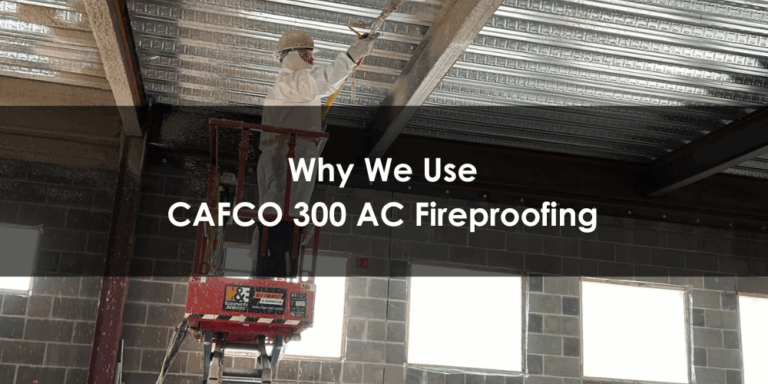
Poured gypsum roof decks are common structural elements in older commercial buildings, often constructed in the ‘60s or ‘70s. Over time, wear and tear, water damage, or structural stress can damage the roof and require repairs or replacement. At Nettles, we have decades of experience servicing gypsum roof deck systems. In this comprehensive buyer’s guide, we’ll walk you through everything you need to repair your damaged roof.
Step 1: Assess the roof condition
Usually, building owners first realize their gypsum roof is damaged when it starts leaking. Gypsum essentially turns to powder when wet–so if the TPO or other roofing above it erodes and the gypsum is exposed to moisture, it will begin to leak.
It is important to determine the true extent of the damage before purchasing any repair products. Sometimes, although the size of the leak is small, there is a much larger area of gypsum that is damaged and requires replacement. The best way to assess is by tearing off all the roofing, or at least a wide section of it surrounding the leaking area. Look for cracking, sagging, or deteriorating surfaces and measure the square footage affected.
Step 2: Choose the right repair products
To replace part or all of a gypsum roof deck assembly, you will need new form boards, wire mesh, and a gypsum patching material. Depending on the extent of the damage, you may also need bulb tee subpurlins.
At Nettles, we are one of the largest and most well-respected suppliers of USG SecurockTM Gypsum-Concrete Patch. This material offers excellent strength, fire performance, and versatility for concrete patch and repair. Made of specially calcined gypsum and wood chips or shavings, Securock is non-combustible and used in several UL-approved roof deck systems.
Wire mesh should be laid on top of the new form deck before the gypsum patch is poured. Nettles is a supplier of KeyDeck woven wire mesh, which is composed of 2” hexagonal mesh with 19-gauge galvanized wires.
Subpurlins provide structural support to the gypsum deck, and act as the framework on which the gypsum is poured. Usually, the subpurlins do not need to be replaced when a gypsum roof is repaired; however, in the event of damaged or missing subpurlins, Nettles is the only supplier of bulb tees in the world.
Step 3: Begin repairs
Securock can be easily batch mixed onsite in a wheelbarrow or other large container, and does not require any special equipment to pour. Once you’ve removed the damaged roof deck, you can lay the new foam board and wire mesh, mix the gypsum and water, and pour the patch solution over the board.
One bag of Securock achieves a pour that is nine square feet and 2 inches deep. One roll of wire mesh can cover approximately 450 square feet. After pouring, the gypsum patch needs time to cure before the roofing membrane above it can be installed.
Step 4: Maintenance and inspection
Regular inspections of gypsum roof decks, especially after severe weather or exposure to moisture, will save long-term cost. Repair cracks or leaks quickly with Securock, and reinforce repairs with wire mesh to extend the lifespan of the deck and ensure ongoing structural integrity.
Replacing entire roof deck systems
In some cases, it may be more cost effective to entirely replace your roof deck rather than patch the gypsum. Gypsum roofs are not installed in new construction, in part because of their lower performance compared to other roof deck systems. This can make repairing a gypsum roof deck expensive.
If you are considering a new roof deck system, Tectum may be the best choice for your application. Contact our experts to learn more!
Need additional help with gypsum roof repair?
At Nettles, we supply Securock, wire mesh, and bulb tees, but we also offer full-service repair services. For more information, visit our page or get in touch with our team.




